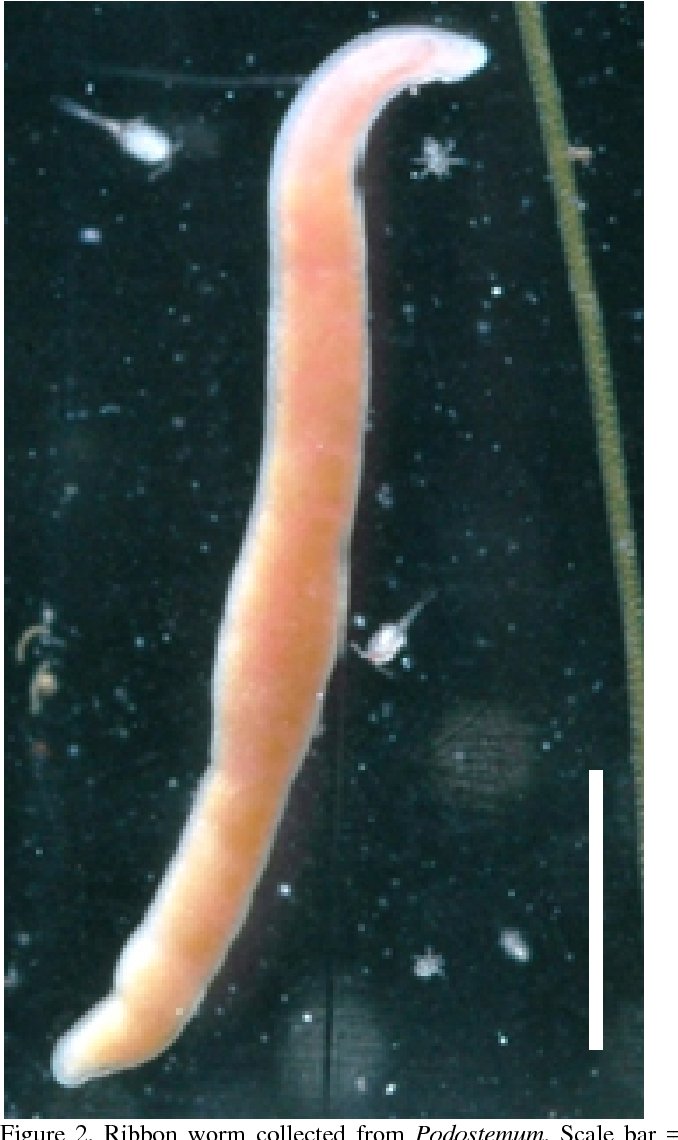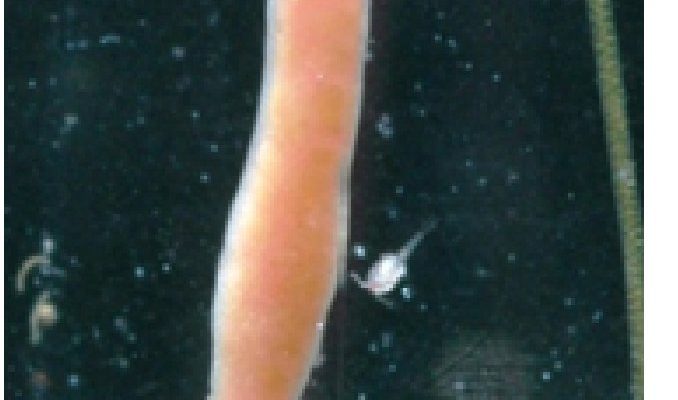
So why should we care about ribbon worms? Well, they provide valuable insights into the evolution of life on Earth. Their diverse adaptations and habitats help us understand the relationships between different animal groups. Plus, they’ve got some surprising tricks up their sleeves, like the ability to regenerate lost body parts. Pour yourself a cup of coffee, and let’s dive into the fascinating evolutionary journey of ribbon worms.
What Are Ribbon Worms?
Ribbon worms belong to the phylum *Nemertea*, a group of soft-bodied invertebrates known for their elongated forms. These worms can be found in various environments, from deep ocean floors to freshwater streams. One of the standout features of ribbon worms is their unique body plan. They have a long, slender body that can be up to 30 meters long in some species!
These creatures are also known for their **proboscis**, a specialized organ used for feeding. When it’s fully extended, this structure can shoot out and ensnare prey like small fish and crustaceans. It’s kind of like a superhero’s lasso—but instead of capturing bad guys, ribbon worms snag dinner. This predatory tactic has helped them thrive in different ecosystems.
Overall, ribbon worms play essential roles in food webs. They’re not just vital for their environments; they also provide clues about our planet’s biological history.
The Early Origins of Ribbon Worms
Ribbon worms have been around for a long time, with their origins dating back to the **Cambrian period**, more than 500 million years ago. This was a time when many life forms began to diversify. Back then, the oceans were teeming with strange organisms, and ribbon worms were among them, likely adapting to different niches in their underwater world.
The fossil record shows that these early ribbon worms shared a common ancestor with other worm-like creatures, such as flatworms. This connection hints at how life on Earth began to branch out into various forms. And while ribbon worms may seem simple, they exhibit a complex evolutionary history that helps scientists trace the development of other animal phyla over time.
By studying these fossils, researchers can piece together how life adapted to changing environmental conditions. This helps us understand how some traits evolved to help animals survive and thrive in their habitats.
Unique Features and Adaptations
One of the most remarkable features of ribbon worms is their **ability to regenerate**. If a ribbon worm loses a part of its body—say, due to a predator attack—it can regenerate that lost section. This process can take weeks or even months, depending on the extent of the damage. It’s as if the worm has a built-in ability to hit the “reset” button on its body!
Another adaptation that sets ribbon worms apart is their **coloration and body patterns**. They can be bright and colorful, which serves as a warning to potential predators. This striking appearance isn’t just for show; it’s a survival strategy. Some species can even change color based on their environment—think of it as a natural form of camouflage.
As we explore these unique traits, it’s clear that ribbon worms have evolved to thrive in various environments. Whether they’re hiding in mud or flowing through ocean currents, their adaptations enable them to survive and flourish.
Diversity Among Ribbon Worms
With over 1,300 known species, ribbon worms showcase a wide variety of forms and sizes. Some are tiny, measuring just a few centimeters, while others can grow large enough to be quite impressive. Their diversity extends beyond size; these worms can be found in multiple colors and patterns, adapting to their specific habitats.
You might be wondering how different species of ribbon worms survive in various environments. For instance, some live in marine environments, while others are found in freshwater or even damp terrestrial areas. Each species has specific adaptations that help it thrive in its unique niche. For instance, marine ribbon worms often have thicker skin to withstand the pressure of the ocean depths.
This variety is a testament to the power of evolution. Ribbon worms have developed distinct features over millions of years, allowing them to occupy various ecological roles. By studying these species, scientists gain insights into the processes that drive biodiversity on our planet.
The Role of Ribbon Worms in Ecosystems
Ribbon worms might not be household names, but they play an essential role in their ecosystems. As both predators and prey, they help maintain a balance in the food web. They feed on small invertebrates, using their unique proboscis to catch meals. In turn, they provide food for larger creatures like fish and birds.
Their presence also helps regulate nutrient cycling in marine environments. When ribbon worms consume organic matter, they break it down, releasing nutrients back into the ecosystem. This process is crucial for the health of marine ecosystems, as it supports the growth of plants and microorganisms.
In some regions, ribbon worms even contribute to sediment mixing in seabeds. By burrowing into the ground, they help aerate the soil and promote a healthy environment for other organisms. It’s a small but vital role that highlights the interconnectedness of life in our oceans and beyond.
Human Interaction and Conservation
Unfortunately, ribbon worms face threats just like many other species. Habitat destruction, pollution, and climate change are impacting their populations worldwide. As ecosystems change, these creatures may struggle to adapt, leading to declines in their numbers.
While they might seem lesser-known, the decline of ribbon worm populations could have cascading effects on the ecosystems they inhabit. Scientists and conservationists are working to understand these impacts better and develop strategies to protect vulnerable species.
Engaging with local communities about the importance of ribbon worms and their ecosystems can help raise awareness. By sharing knowledge and encouraging protection efforts, we can work together to ensure these unique creatures continue to thrive for generations to come.
Researching Ribbon Worms
In recent years, research on ribbon worms has gained traction, thanks to advancements in technology and methodologies. Scientists are now able to study their genetics, behavior, and physiology more closely. This research helps clarify their evolutionary relationships with other species and sheds light on how they adapt to their environments.
Modern techniques, such as DNA sequencing, have opened new doors for understanding ribbon worm evolution. We now have a clearer picture of how these creatures fit into the larger tree of life. Researchers are uncovering the evolutionary pathways of ribbon worms, leading to exciting discoveries about their history.
For anyone interested in marine biology or ecology, studying ribbon worms can offer thrilling insights. They may not be the most glamorous creatures, but they are undoubtedly crucial for understanding the history of life on Earth.
In summary, the evolution of ribbon worms tells a remarkable story of adaptation, survival, and ecological significance. As we explore their history, we gain a deeper appreciation for these often-overlooked organisms and their role in the intricate tapestry of life on our planet. Whether through research, conservation, or simply sharing what we learn, there’s much we can do to celebrate and protect ribbon worms for future generations.

